Numpy Multiply 3d Array By 2d Array
Import numpy as np Creating an Array. So here comes by question do you how to do it without iteration.
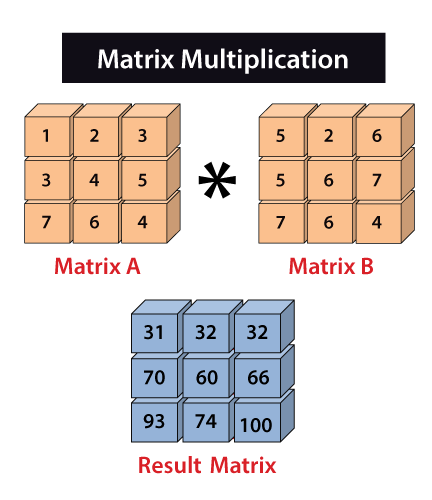
Numpy Matrix Multiplication Javatpoint
NumPy 3D matrix multiplication A 3D matrix is nothing but a collection or a stack of many 2D matrices just like how a 2D matrix is a collectionstack of many 1D vectors.

Numpy multiply 3d array by 2d array. 3Did_x id_y2Did_x id_y3Did_x id_y. So matrix multiplication of 3D matrices involves multiple multiplications of 2D matrices which eventually boils down to a dot product between their rowcolumn vectors. The npstack function was added in NumPy 110.
Printy Try it Yourself. What you can do there is reshape your 2D array B such that it is a 3D array with an inner dimension of length 1. A handful of simple operations.
In order to perform matrix multiplication of 2-dimensional arrays we can use the numpy dot function. If either argument is N-D N 2 it is treated as a stack NumPy 3D matrix multiplication A 3D matrix. We could translate that idea into NumPy code with nptensordot and assuming Then using a simple matrix multiplication you can do.
This is a simple way to stack 2D arrays images into a single 3D array for processing. B nparray 2 3 4 5 printB printBreshape2 2. B Areshape -1c When we use -1 in reshape method it means we multiply.
Bshape ab c The rule is. All the below arrays are numpy arrays. This function continues to be supported for backward compatibility but you should prefer npconcatenate or npstack.
Knowing how to multiply different axes together and then how to sum the products we can express a lot of. Specifically the first multiplication will be between A 0 and B 0 the second multiplication will be between A 1 and B 1 and finally the third multiplication will be between A 2 and B 2. A two dimensional array multiplied by a one dimensional array results in broadcasting if number of 1-d array elements matches the number of 2-d array columns.
Dot b e matrix multiplication of b and e print g 3. Ashape abc Now we want to convert it to a 2d array B with this shape. Figure 3 When the trailing dimensions of the arrays are unequal broadcasting fails because it is impossible to align the values in the rows of the 1st array with the elements of the 2nd arrays for element-by-element addition.
Iterate on each scalar element of the 2-D array. Broadcasting a vector into a matrix. Using axis as none.
Get shape of an array. Hence the final product of the two 3D matrices will be a matrix of shape 334. Import numpy as np.
Note that with npeinsumijjk-ik A B the function doesnt construct a 3D array and then sum it just accumulates the sums into a 2D array. To create a 2D array and syntax for the same is given below - arr nparray123456 printarr 1 2 3 4 5 6 Various functions on Array. Import numpy as np.
Numpymultiply arr1 arr2 outNone whereTrue castingsame_kind orderK dtypeNone subokTrue signature extobj ufunc. The only way I came up with is to interate through elements of the 2D array and multiply it. Numpymultiply function is used when we want to compute the multiplication of two array.
To return the actual values the scalars we have to iterate the arrays in each dimension. Rebuilds arrays divided by dsplit. In this example we multiply a one-dimensional vector V of size 31 and the transposed version of it which is of size 13 and get back a 33 matrix which is the outer product of VIf you still find this confusing the next illustration breaks down the process into 2 steps making it clearer.
Arr nparray 1 2 3 4 5 6 for x in arr. Numpy multiply 3d matrix by 2d. G np.
But for bigger arrays and this is my case it would not be time efficient. The result of each individual multiplication of 2D matrices will be of shape 34. D numpydotBC Finally bring the result back to the original dimensions.
A miniature multiplication table. It returns the product of arr1 and arr2 element-wise. Ini_array1 nparray 1 2 3 2 4 5 1 2 3 ini_array2 nparray 0 2 3 printinitial array strini_array1 result ini_array1 ini_array2 None printNew resulting array.
For y in x. Thats all we need to know to start using einsum. Imagine we have a 3d array A with this shape.
Syntax - arr nparray246 dtypeint32 printarr 2 4 6 In above code we used dtype parameter to specify the datatype. Matmul If both arguments are 2-D they are multiplied like conventional matrices.
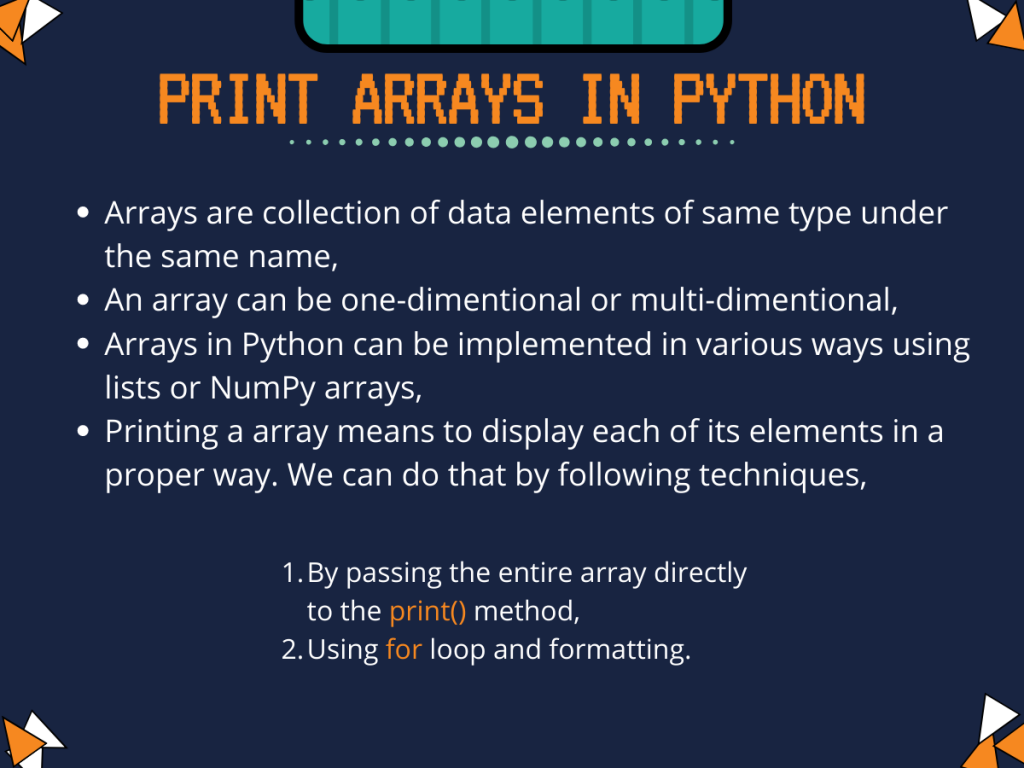
How To Print An Array In Python Askpython

Matrix Multiplication In Numpy Different Types Of Matrix Multiplication

Multiplying The Matrix Via Its Transpose Using Numpy Stack Overflow
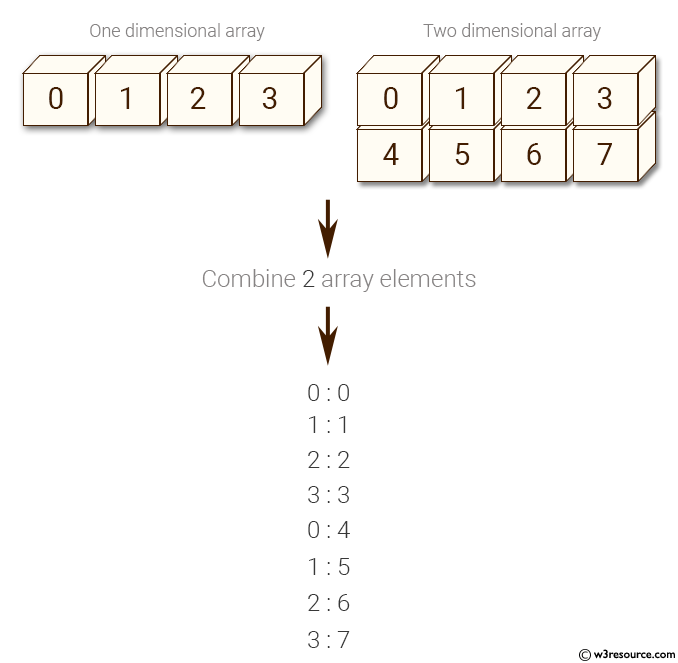
Numpy Combine A One And A Two Dimensional Array Together And Display Their Elements W3resource
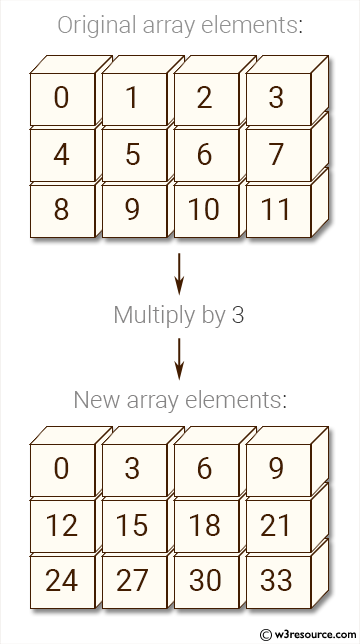
Numpy Create An Array Of 3 4 Shape Multiply Every Element Value By 3 And Display The New Array W3resource

How To Calculate The Average Of A Numpy 2d Array Finxter

How To Create A Matrix In Python Using Numpy
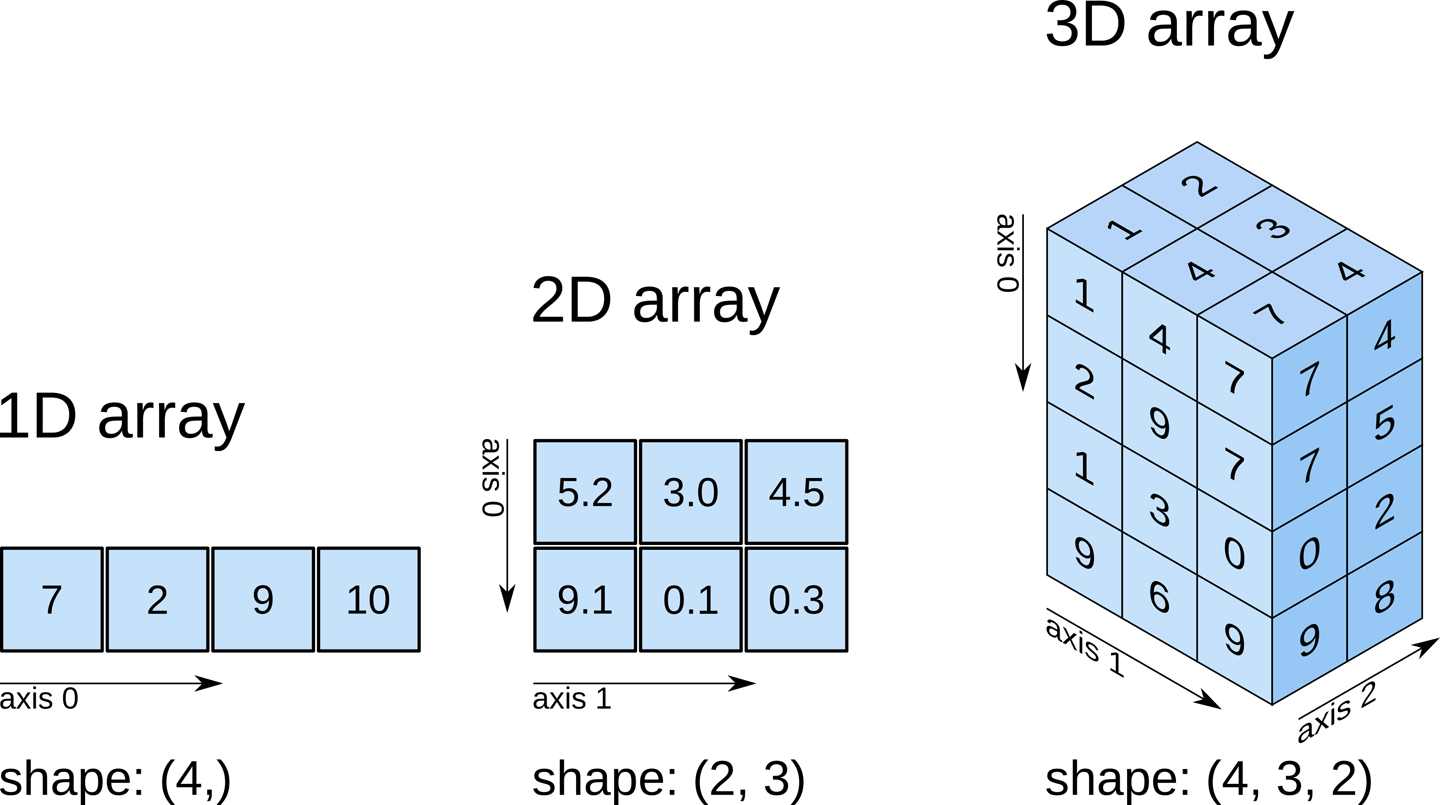
Numpy Scipy Python Tutorial Documentation

Python Matrix And Introduction To Numpy
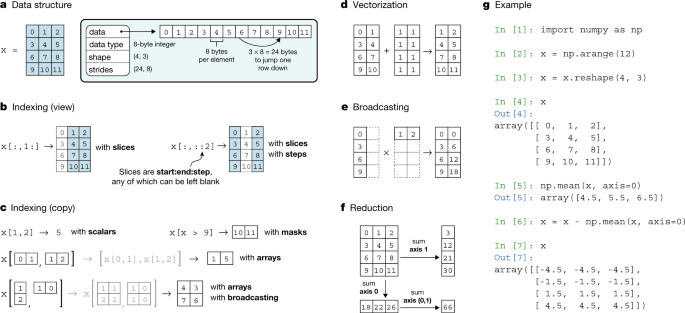
Array Programming With Numpy Nature

How To Use Numpy Repeat Sharp Sight

Numpy Matrix Multiplication Journaldev
Numpy Matrix Multiplication Numpy V1 17 Manual Updated
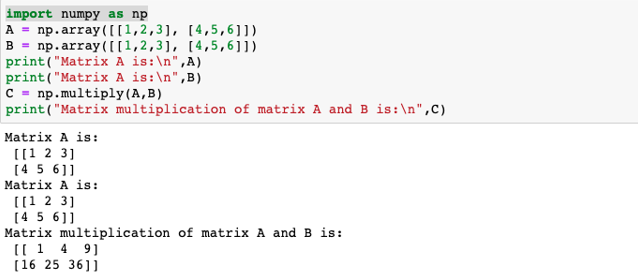
Matrix Multiplication In Numpy Different Types Of Matrix Multiplication

Numpy Array Cookbook Generating And Manipulating Arrays In Python Matrix Multiplication Data Scientist Generation

Numpy 3d Matrix Multiplication Geeksforgeeks
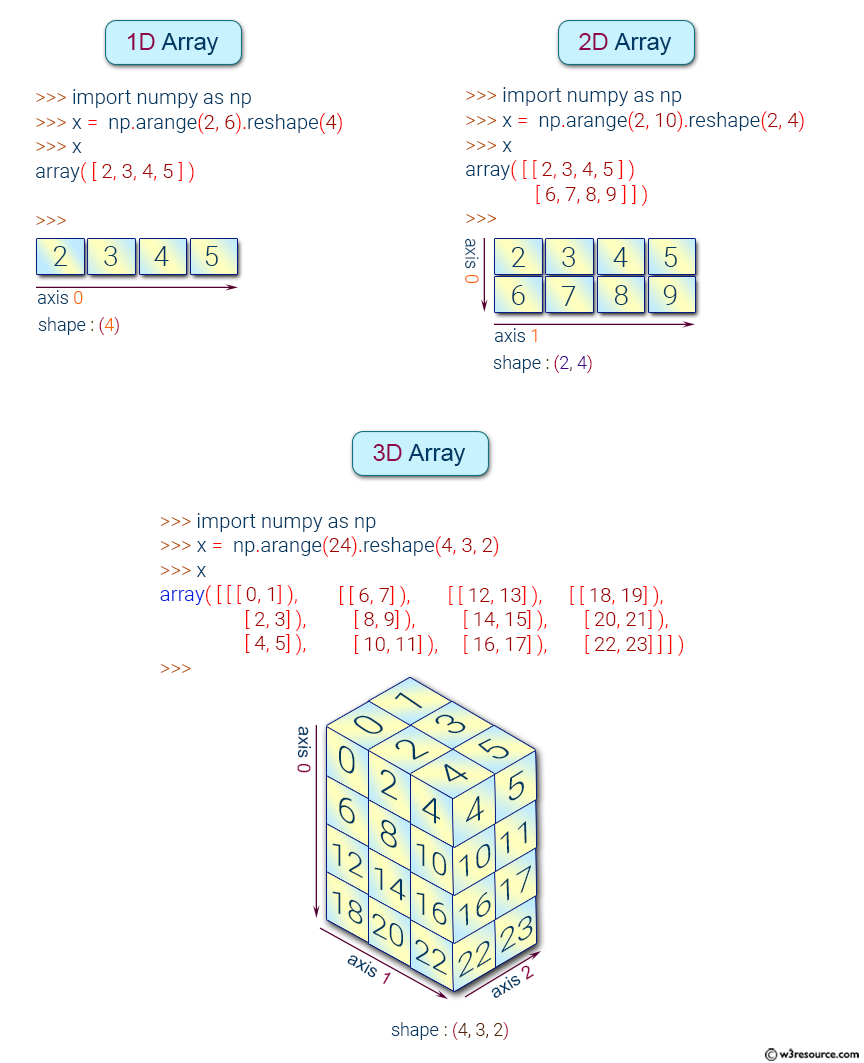
Numpy Array Object Exercises Practice Solution W3resource
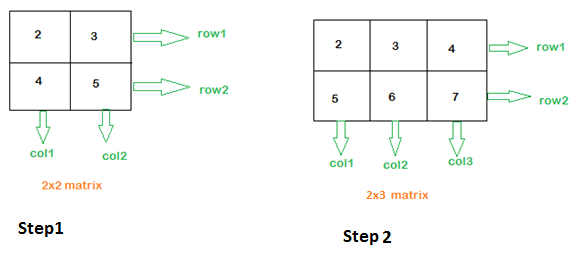
Python Matrix Transpose Multiplication Numpy Arrays Examples

Numpy Matrix Multiplication Journaldev